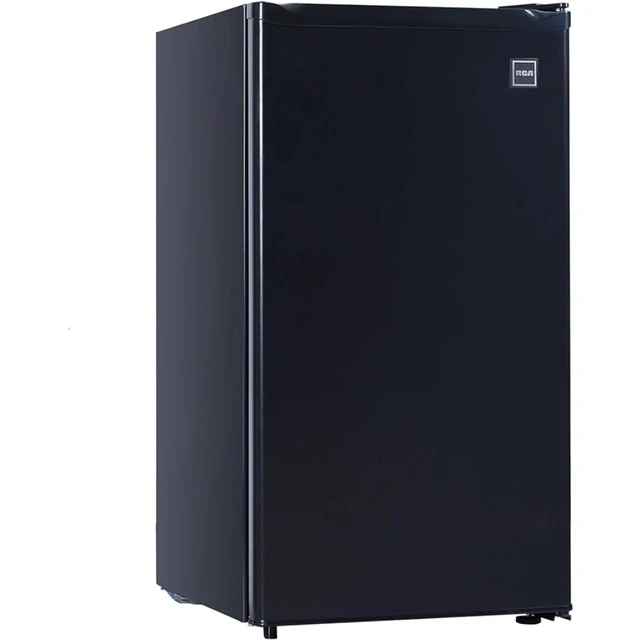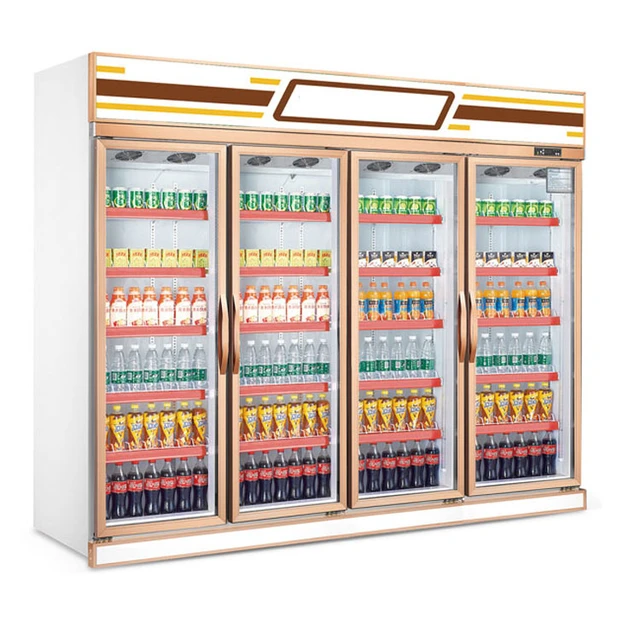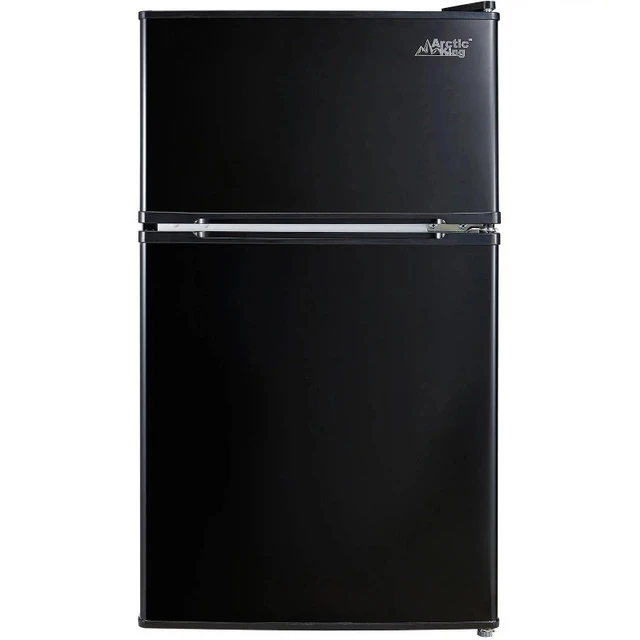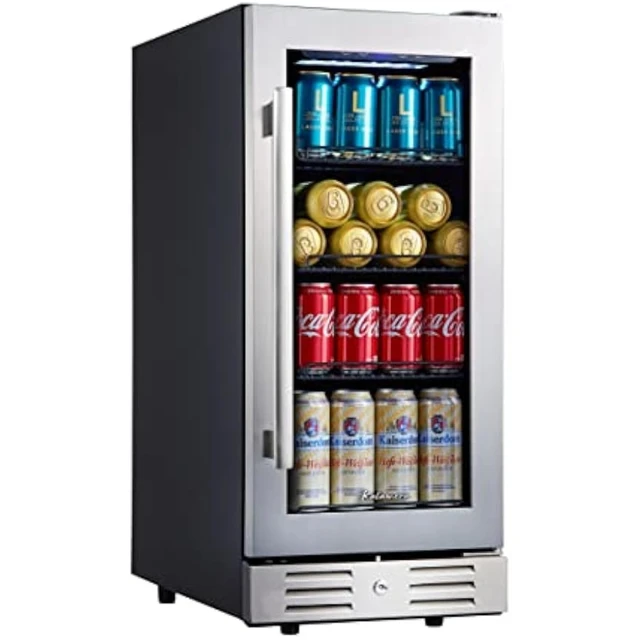Introduction: The Appeal of Refrigerator Pickles
Refrigerator pickles are a popular choice for preserving cucumbers and other vegetables. Unlike traditional canned pickles, they are quick and easy to make, require no canning equipment, and can be enjoyed within a short time frame. In this comprehensive guide, we will explore the shelf life of refrigerator pickles, factors that affect their longevity, and tips for extending their freshness.

Refrigerator Pickles: Understanding Their Shelf Life
-
Understanding the Shelf Life of Refrigerator Pickles
Refrigerator pickles, also known as quick pickles, have a shorter shelf life compared to their canned counterparts. This is because they are not preserved in vinegar or subjected to the traditional canning process, which provides a longer shelf life. The shelf life of refrigerator pickles can vary depending on several factors.
-
Factors Affecting the Shelf Life of Refrigerator Pickles
a. Vinegar-to-water ratio: The vinegar-to-water ratio used in the pickling brine can impact the shelf life of refrigerator pickles. A higher proportion of vinegar, along with adequate salt and sugar, helps preserve the cucumbers and other vegetables for a longer period.
b. pH levels: The pH level of the pickling brine is crucial for preventing bacterial growth and extending the shelf life of refrigerator pickles. The lower the pH level, the more acidic the environment, making it less favorable for bacterial spoilage. Maintaining a pH level below 4.6 is necessary for preservation.
c. Vegetable condition: The freshness and quality of the vegetables used in refrigerator pickles can affect their shelf life. It is important to select fresh cucumbers and other vegetables without any signs of spoilage or soft spots.
d. Storage conditions: Proper storage is essential for maximizing the shelf life of refrigerator pickles. They should be stored in a clean, airtight container in the refrigerator, away from other strong-smelling foods that could affect their taste and aroma.

-
The Expected Shelf Life of Refrigerator Pickles
Refrigerator pickles are best consumed within a relatively short timeframe. While they are typically ready to eat within a day or two of preparation, their peak freshness and flavor can be enjoyed for approximately 1-2 months when stored properly. Beyond this period, the quality may decline, and the pickles may become less crisp.
-
Tips for Extending the Shelf Life of Refrigerator Pickles
a. Maintain proper brine levels: As you consume the pickles, ensure that the remaining vegetables are fully submerged in the pickling brine. This helps prevent exposure to air, which can lead to spoilage.
b. Keep the container sealed: Always seal the container tightly after each use to preserve the flavor, texture, and freshness of the pickles. This prevents any outside contaminants from infiltrating the pickles.
c. Use clean utensils: When handling refrigerator pickles, use clean utensils to prevent cross-contamination. This helps maintain the integrity of the pickles and prevents the introduction of bacteria that may shorten their shelf life.
d. Observe for signs of spoilage: Regularly inspect the pickles for any signs of mold, sliminess, unpleasant odors, or changes in color. If you notice any of these signs, it is best to discard the pickles to avoid the risk of foodborne illnesses.
e. Make smaller batches: If you find it challenging to consume a large amount of refrigerator pickles within their expected shelf life, consider making smaller batches.

-
Proper Handling and Usage of Refrigerator Pickles
a. Keep track of the opening date: To ensure the freshness and safety of your refrigerator pickles, it is helpful to label the container with the date they were made or opened. This helps you keep track of how long they have been stored and when they are approaching their recommended shelf life.
b. Avoid cross-contamination: When serving refrigerator pickles, use clean utensils to prevent cross-contamination with other foods. This helps maintain the integrity of the pickles and prevents the introduction of bacteria that may shorten their shelf life.
c. Use proper hygiene: Before handling refrigerator pickles, wash your hands thoroughly to minimize the risk of introducing any contaminants. This applies especially when reaching into the container to retrieve pickles.
d. Serve with clean utensils: When enjoying refrigerator pickles, always use clean utensils to scoop them out of the container. This prevents the transfer of bacteria from used utensils back into the remaining pickles.
e. Refrigerate after use: After serving refrigerator pickles, promptly return the container to the refrigerator. Avoid leaving them at room temperature for an extended period, as this can promote bacterial growth and compromise their freshness.

Safe Consumption and Storage Practices for Refrigerator Pickles
a. Proper handling: When serving refrigerator pickles, use clean utensils to avoid introducing contaminants that could shorten their shelf life. Additionally, ensure that your hands are clean before touching the pickles.
b. Refrigeration temperature: Store the container of refrigerator pickles in the coldest part of your refrigerator, typically the bottom shelf or the crisper drawer. The optimal refrigerator temperature for pickles is between 32-40°F (0-4°C). Avoid storing them in the refrigerator door as the temperature fluctuates more in that area.
c. Contamination prevention: Avoid double-dipping into the jar with used utensils or fingers, as it can introduce bacteria and compromise the quality of the remaining pickles. Always scoop out what you need into a separate bowl to serve, especially if sharing with others.
d. Flavor development: Refrigerator pickles often benefit from additional flavors developing over time. As they sit in the brine, the flavors mingle and intensify.
e. Adjusting brine levels: Over time, the pickles may release liquid, causing the brine level to decrease. To maintain the flavor and crispness, you can periodically make additional brine and pour it over the pickles to ensure they remain submerged.
f. Transfer to smaller containers: As you consume the pickles and the quantity decreases, consider transferring the remaining pickles into smaller containers. This helps minimize exposure to air, which can cause the pickles to become soft and lose their desirable texture.
g. Enjoy pickling variations: Experiment with different vegetables and spices in your refrigerator pickles to add variety to your meals.

Conclusion: Enjoying Fresh Refrigerator Pickles
Refrigerator pickles offer a convenient and delicious way to preserve cucumbers and other vegetables. Understanding their shelf life and the factors that affect it ensures that you can enjoy their freshness and crispness for an extended period. By maintaining proper brine levels, sealing the container, using clean utensils, observing signs of spoilage, and making smaller batches, you can maximize the shelf life of your refrigerator pickles and savor their tangy flavors whenever you desire.
